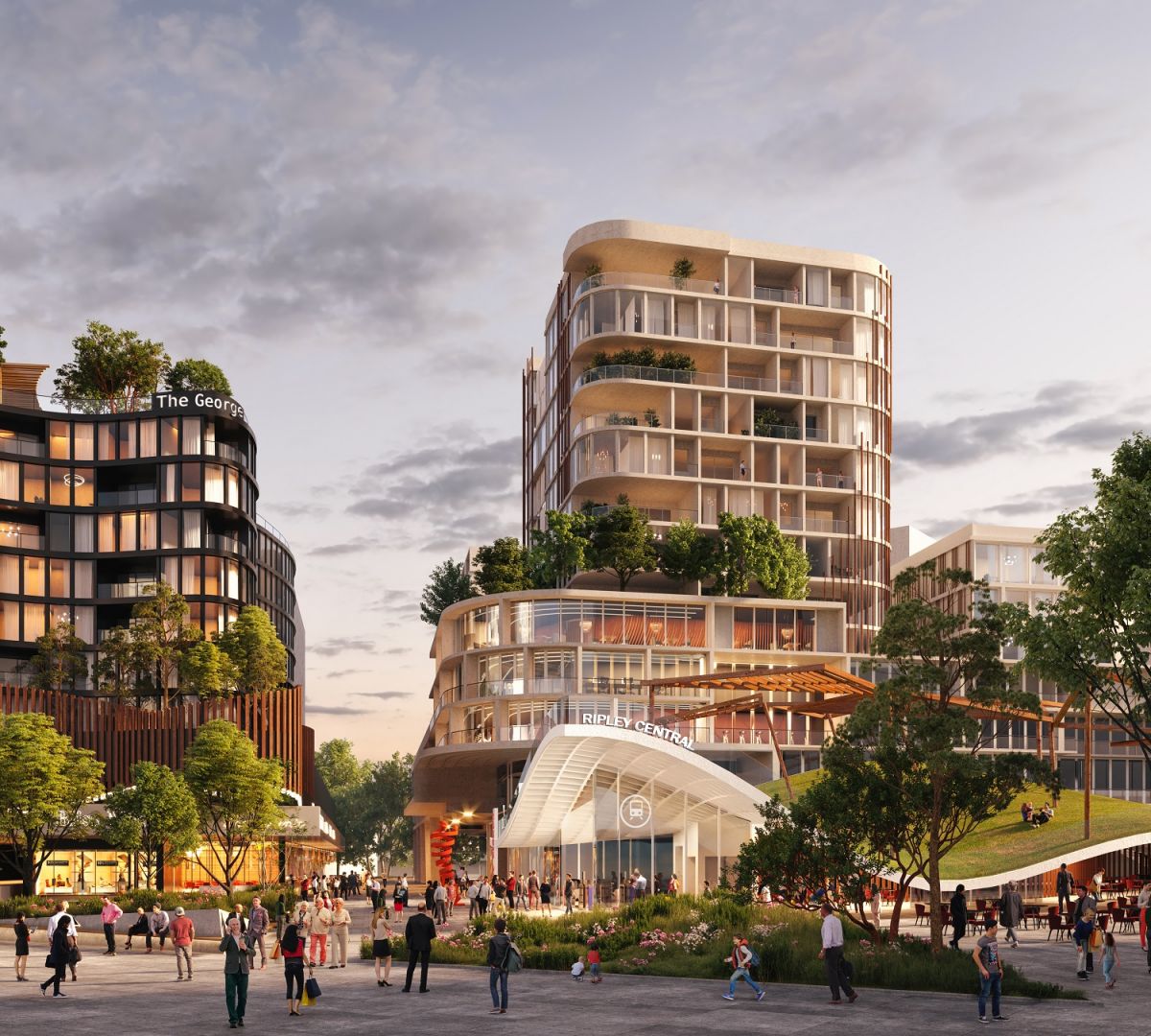Enabling Growth: How EDQ Unlocks the Right Infrastructure, in the Right Place, at the Right Time
Priority Development Areas (PDAs) play a crucial role in shaping Queensland’s future communities. These designated areas are strategic growth catalysts-bringing together government, industry, and the community to unlock a location’s full potential and guide its evolution. Each PDA presents unique opportunities and challenges-whether diversifying housing, expanding green space, integrating transport networks, or ensuring infrastructure enables services that meet the needs of families and future communities.
With Southeast Queensland’s population expected to reach six million by 2046, infrastructure planning must anticipate and support this growth. To meet the current and future needs of a changing population and increase housing choice for Queenslanders, we need to get the services, infrastructure, and lifestyle options right - laying the groundwork for places people want to live.
Growth, however, must be managed responsibly. Infrastructure planning is key to this, ensuring we can “turn on” new infrastructure, or "turn up" existing networks as demand increases - enabling the delivery of housing, open space, and essential services.


A Holistic Approach to Infrastructure Planning
A critical component of development is trunk infrastructure - the "backbone" of any new community, including roads, water, sewerage, and schools. The costs of delivering this infrastructure are significant and rising due to market pressures. In large greenfield developments or areas with complex constraints, it’s often not feasible for a single developer to fund these essential services alone.
To address this, EDQ implements a holistic, partnership-based approach to planning and facilitating the delivery of this critical infrastructure. This enables industry to proceed with confidence, knowing that essential services will be delivered in step with development - supporting both housing supply and liveability outcomes.
The following key principles are central to the EDQ approach:
- Comprehensive Planning: EDQ creates industry-leading infrastructure network planning and modelling, using data-driven growth assumptions and market insights developed with key stakeholders.
- Industry Validation: EDQ’s Development Charges and Offset Plans (DCOPs) are shaped through real-world testing, industry engagement, and live project data, ensuring they remain market-appropriate and responsive to development demands. These plans incorporate development horizons, network solutions, and cost-effective staging and design standards.
- Financial Sustainability: EDQ ensures financial sustainability through robust cash flow management, tracking expenditure and contributions over the life of each PDA. Our five-year financial model reviews help navigate cost escalations, inflation, and shifting market conditions to maintain long-term viability. The DCOPs are reviewed at least every 5 years to maintain financial parity.
- Innovation: EDQ explores and implements innovative infrastructure solutions to unlock development potential in complex or high-demand areas that supports higher-density, mixed-use, and well-planned urban precincts. With forward-thinking planning, we can design cities that accommodate growth sustainably. Our Maroochydore City Centre PDA is delivering an Australian-first innovation: an underground automated waste collection system. Planning from the ground up allows for smart infrastructure that wouldn't be feasible in areas with existing constraints. Unlike other planning and land development models, PDAs enable the delivery of both ‘hard’ and ‘soft’ infrastructure - from transport and utilities to early community support programs - ensuring families and future residents have the services and connections they need from the beginning.
- Funding and Stimulus: EDQ takes a proactive role in accelerating development and vital trunk infrastructure within PDAs. Through catalyst funding programs (state funding that accelerates critical infrastructure), EDQ has driven approximately $358M in joint investment with developers and agencies, enabling the delivery of around 70,800 lots and creating over 4,727 jobs . A further $171M catalyst funding facility with an additional $136M in developer co-investment is currently being delivered across major greenfield PDAs, expected to unlock an additional 48,600 lots.
By strategically enabling infrastructure in collaboration with partners, PDAs help ensure communities are built with the services, connections, and open space people value. When done right, infrastructure doesn’t just support development - it supports families, strengthens communities, and delivers long-term social and economic benefits across Queensland.
Last updated: 26 May 2025



